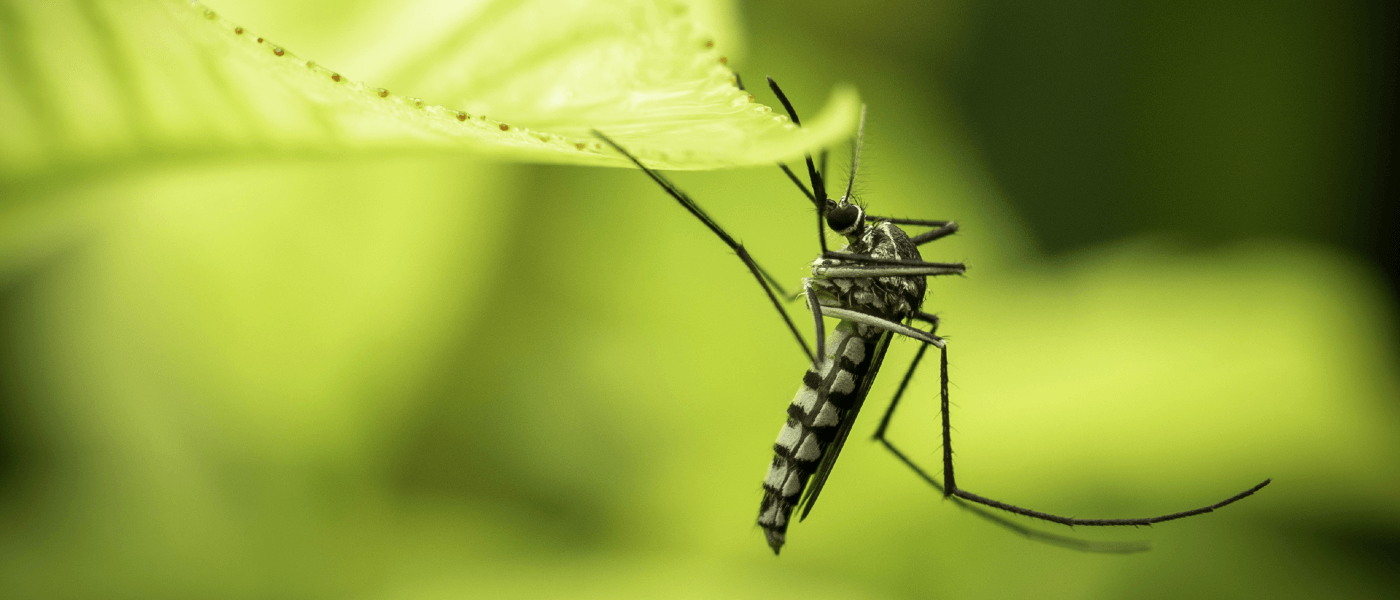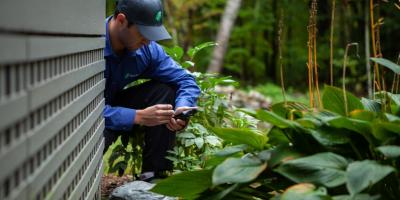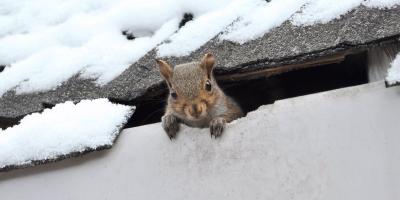Meet Your Bloodthirsty Neighbors

Spring is finally here, and with it comes warm weather that we can enjoy with minimal pest interference. But let’s face it: 2020 brought a pretty mild winter, and we all know that wet winters are typically followed by buggy summers. Rather than passively waiting for the inevitable, what if we told you that there was something you could do now to make your property unattractive to mosquitoes and ticks, before their populations explode as usual?
What you need to know
Mosquito and tick season officially begins when the thermostat hits 50°F, at which point they start to populate...quickly. Female mosquitoes lay hundreds of eggs, which generally only take 10-14 days to mature into bloodthirsty adults. Meanwhile, one female tick can lay thousands of eggs in her lifetime, and hatchlings are born already thirsty for blood.
.jpg)
Why blood?
While the diets of mosquitoes and ticks are mostly the same, just about everything else about them are different… and it goes far beyond the fact that one prefers aerial attacks while the other sticks to infantry. To start with the infamous ankle-crawlers, ticks live exclusively on blood and rely on it their whole lives. Without that timely supply, they cannot transition into the next life stage and will die due to lack of nourishment.
Mosquitoes, on the other hand, do not rely on blood for their own sake; rather, males actually consume nectar and water as their main food sources, and never drink blood. Meanwhile, females only go in search of blood meals shortly after mating, as the proteins in the blood are required for egg production.
Can we do anything about it?
Prevention is key to enjoying your yard and patio this summer with minimal risk of becoming someone else’s meal in the process. But as with any good defense, you need to know where your enemy will be attacking from...
Mosquitoes are easy, at least in theory... Since their eggs only hatch in stagnant water, reducing the population in your yard is usually pretty simple: Remove all manageable sources of standing water. While there’s little that can be done about natural wetlands, most properties do hold many sources of standing water that can be moved or adjusted to promote water drainage. While this is far from a complete list, here are a few places to check:
- Pet dishes
- Tarps
- Plant saucers
- Uncovered boats/canoes
- Wheelbarrows
- Clogged gutter
.jpg)
As for ticks, think about where they hang out… literally. Ticks are often found in the brushy margins of the forest’s edge, clinging to glass blades and weeds, waiting for their next meal to sweep past them. The following steps can be taken to naturally reduce their population:
- Mow the lawn frequently.
- Keep your shrubs well-pruned.
- Regularly remove all weeds from your yard and garden.
- Reduce mouse & small rodent habitats on your property.
- Keep a 3-foot wood chip barrier between your yard and the surrounding woodlands.
While these measures are extremely important and effective in promoting a yard free of mosquitoes and ticks, there is unfortunately no way to completely prevent these pests from entering your yard without the assistance of a pest management professional. JP Pest Services proudly stands by our use of integrated pest management (IPM), a preventative approach that is an environmentally-sensitive way to control pest populations while dramatically reducing any negative impacts to people, pets, or the environment.
Considering adding extra protection to your current pest control plan? Take $50 off.



